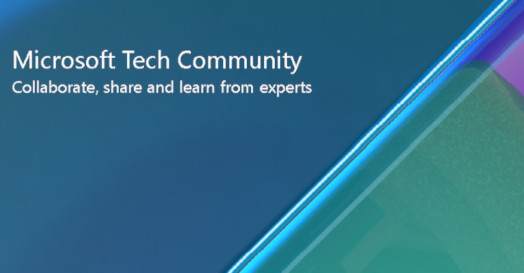
[ad_1]
Earlier this year, we announced changes to our servicing model for Exchange Server that moved to a servicing cadence of two Cumulative Updates (CUs) per year, releasing in H1 and H2 of each calendar year, with general target release dates of March and September.
Today we’re announcing that the next CU for Exchange Server will be the H1 2023 CU (aka Exchange Server 2019 CU13). Because there are only 2 weeks remaining in November, and because based on customer feedback we don’t release CUs in December, there won’t be an H2 2022 CU.
The H1 2023 CU will be only for Exchange Server 2019 because it is the only version of Exchange Server in Mainstream support. Exchange Server 2016 and Exchange Server 2013 are in Extended support, and there will be no more CUs for those versions.
There are significant differences between Mainstream and Extended support:
|
Mainstream support |
Extended support |
|
· Customers receive Security Updates (SUs) and time zone updates. · Customers can file bugs and request features and receive bug fixes and enhancements. · To get support (and SUs), customers must run the current CU (N) or the one immediately previous (N-1) – today, that’s either Exchange Server 2019 CU11 or Exchange Server 2019 CU12.[1] |
· Customers receive only SUs and time zone updates. · To get support (and SUs), customers must run the current CU – either Exchange Server 2016 CU23 or Exchange Server 2013 CU23. |
Updating an Exchange server is straightforward. You can start by using the Exchange Server Health Checker script to inventory your servers and see if any of your Exchange Servers need updates (CUs or SUs), and if any additional actions need to be taken by an admin.
Once you know what updates are needed, you can use the Exchange updates step-by-step guide (aka the Exchange Update Wizard) to choose your currently running CU and your target CU and get directions for updating your environment.
If you encounter errors during update installation, the SetupAssist script can help troubleshoot them. And if something does not work properly after updates, have a look at the Update Troubleshooting Guide, which covers the most common issues and how to resolve them.
Be sure to always read our blog post announcements, noting any known issues or required manual actions. For CUs, always follow our guidance and best practices, and for SUs, use the Security Update Guide to find the relevant information.
Exchange Server 2013 End of Support
As a reminder, Exchange Server 2013 reaches the end of support on April 11, 2023, which is less than 150 days from today!
Exchange Server 2013 will continue to run after this date, of course; however, because it will no longer be supported after that date and because it won’t receive any further updates, we strongly recommend that you migrate from Exchange Server 2013 as soon as possible. If you haven’t already begun your migration from Exchange Server 2013 to Exchange Online or Exchange Server 2019, now’s the time to start planning.
Your best option is to:
After doing either of the above, then decommission Exchange Server 2013.
If you’re migrating to Exchange Online, you might be eligible to use our Microsoft FastTrack service. FastTrack provides best practices, tools, and resources to make your migration to Exchange Online as seamless as possible. Best of all, you’ll have a Microsoft engineer take you through planning and design to migrating your last mailbox. For more information about using FastTrack to move to Exchange Online, see FastTrack for Microsoft 365.
If you are upgrading to Exchange Server 2019, learn about what you need in your environment.
For more information on what this means and what your options are, see the Exchange 2013 end of support roadmap.
The Exchange Server Team
[1] Exchange Hybrid customers must always run the current CU on their Exchange servers to be supported.
Source link




